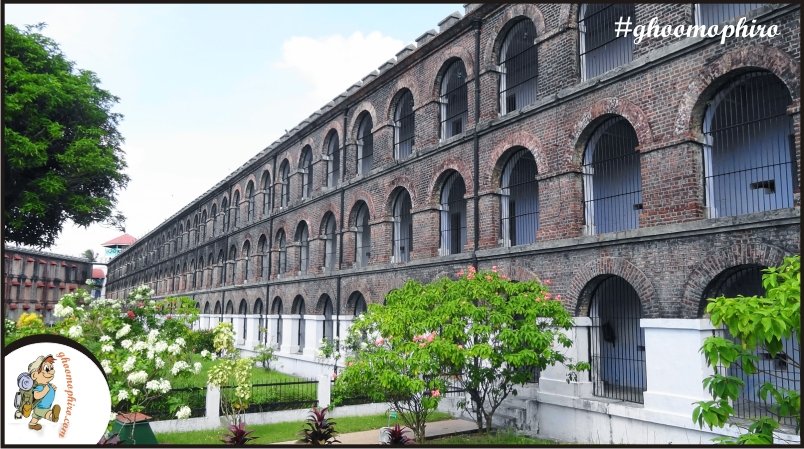Cellular Jail aka Kala Pani is a soul stirring destination for every Indian
Posted on November 16, 2016 by Ghoomophiro

Cellular Jail, aka Kala Pani, is located in the Islands of Andaman and Nicobar. The jail was a colonial prison, a reminder of the British barbarism that the Indians suffered who raised voices against the colonial rule. Inhabited since as early as 2000 years ago, the Andaman and Nicobar islands were a strong British colony in the 18th century. During the 19th century as the Andaman and Nicobar Islands, history maintains, the British exploited Andaman and Nicobar as a penal colony, which was named ‘Kalapani’ or the Cellular Jail. The idea of the Cellular Jail sprung into the minds of Britishers when they felt the need to curb the country’s war against colonial rule in 1857.

As the time passed and the prisoners kept on increasing in numbers, the size of the establishment also continued to expand. The in charge of the prison proposed the idea to the Raj to turn the place into a high-security jail. In its final form, the construction of the cellular jail began in 1893 and was finished by 1905. For the construction work of the jail, the prisoners were made to work as labors. The notorious jail was known to be the place where the British people reached the height of inhumanities. And soon enough, the place became a real world hell. The prison was known to house many notable Indian activists who participated in the struggle for India’s independence. The penal settlement that commenced in Andaman by the British after the First War of Independence in 1857 showcases the beginning of the distressing story of freedom fighters. It all started in the massive and awful jails at Viper Island and was followed by the Cellular Jail.
About the Prison
The cellular jail is a massive structure that goes up to three storeys including seven wings with different lengths, radiating through a watch tower in the center. The cells were designed in such a way which didn’t allow any sort of communication between two prisoners. The inmates were subjected to complete isolation. The design was created in such as way that a single guard was needed to keep an eye on all the cells from the central towers, but the prisoners couldn’t see them. The place was made known to the world in the context of a capital punishment and the revolutionaries, whom they called terrorists, were the prisoners.

The building material such as bricks were brought from Burma and the doors of each cell have been instilled with strong iron rods. The confinement level in the very small cells gave it the name cellular jail. To make the matters worse, there was no toilet on the cells. All these issues were the prime reasons for the spats taking place between the officials and the prisoners from time to time.

Trivia
-The torture tricks that were used on the Indians were quite inhumane as well. There were mass fits of hunger taking place which claimed the lives of a few Indian revolutionaries as well.
-The Japanese took hold of the Andaman Nicobar islands during the Second World War and during that time, Netaji Subhash Chandra Bose visited the jails and declared it as ‘height of barbarism’.

-In 1979, the jail had been named as the National memorial place by the Indian government and since then, the UNESCO has recognized it as one of its world heritage sites.
Although the place is a reminder of how barbaric British were to the Indian freedom fighters, it remains a memorable one just for the memories of hundreds of revolutionaries who were once confined within these walls.




